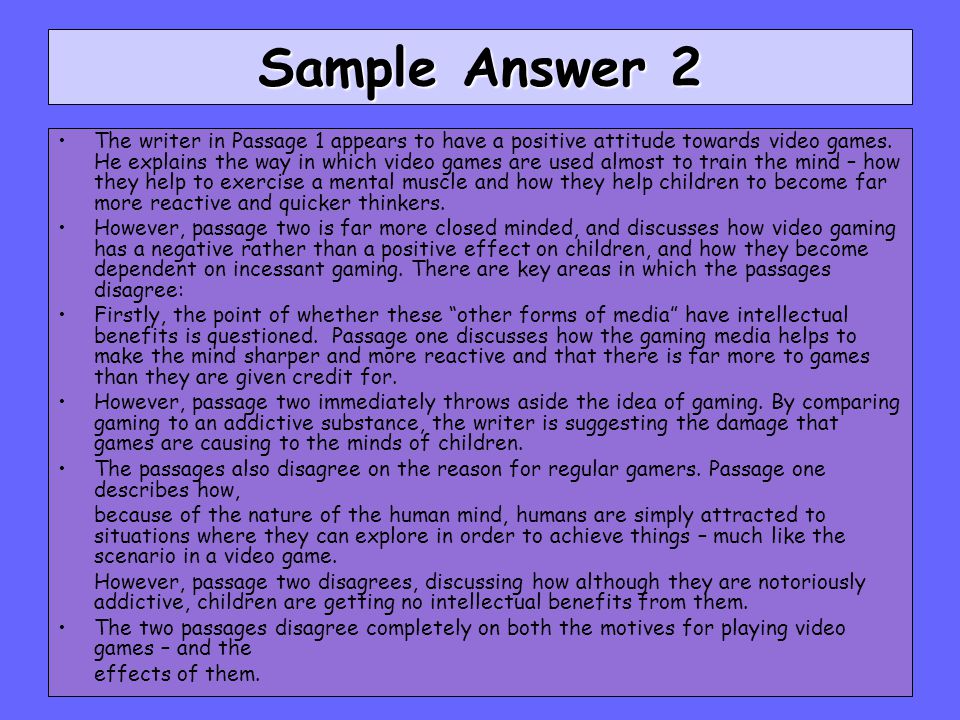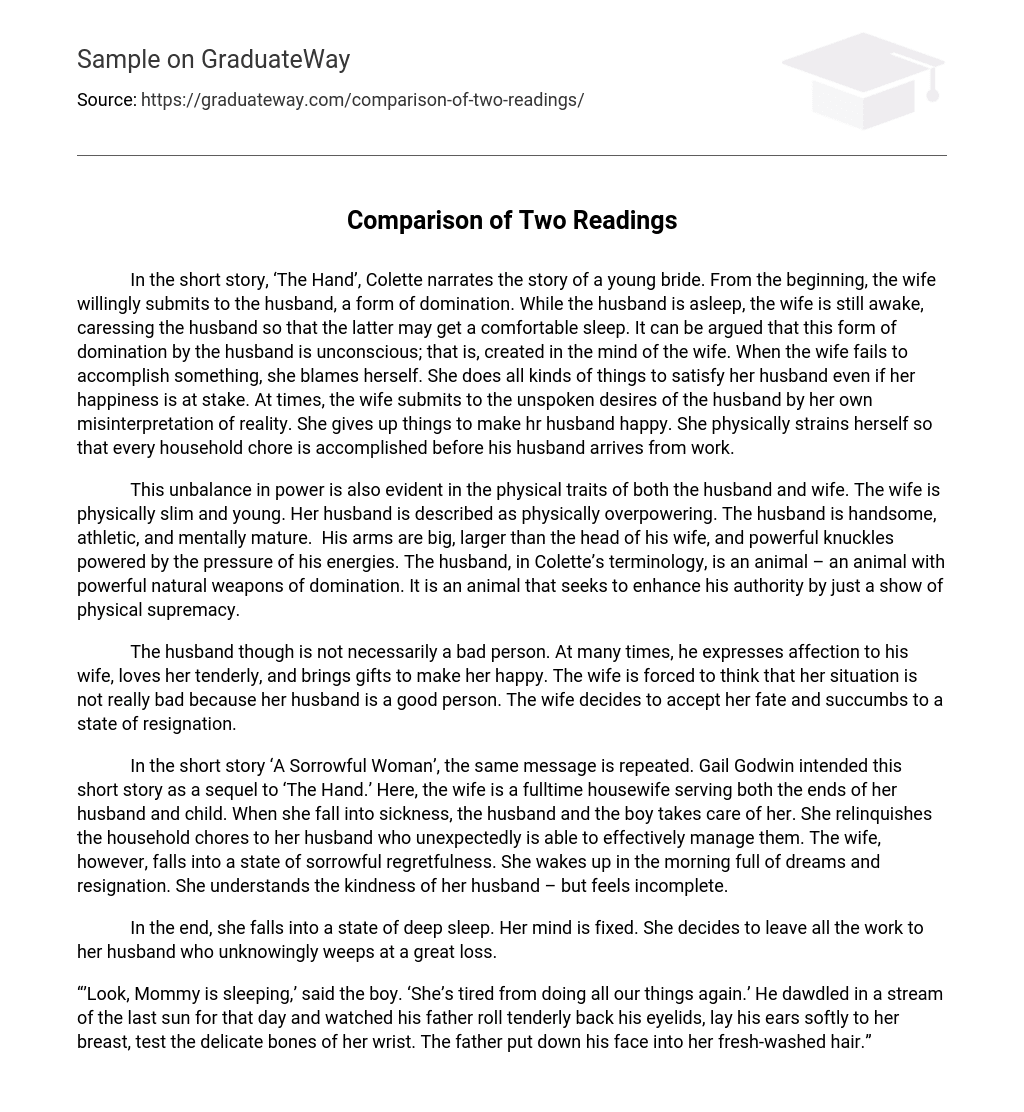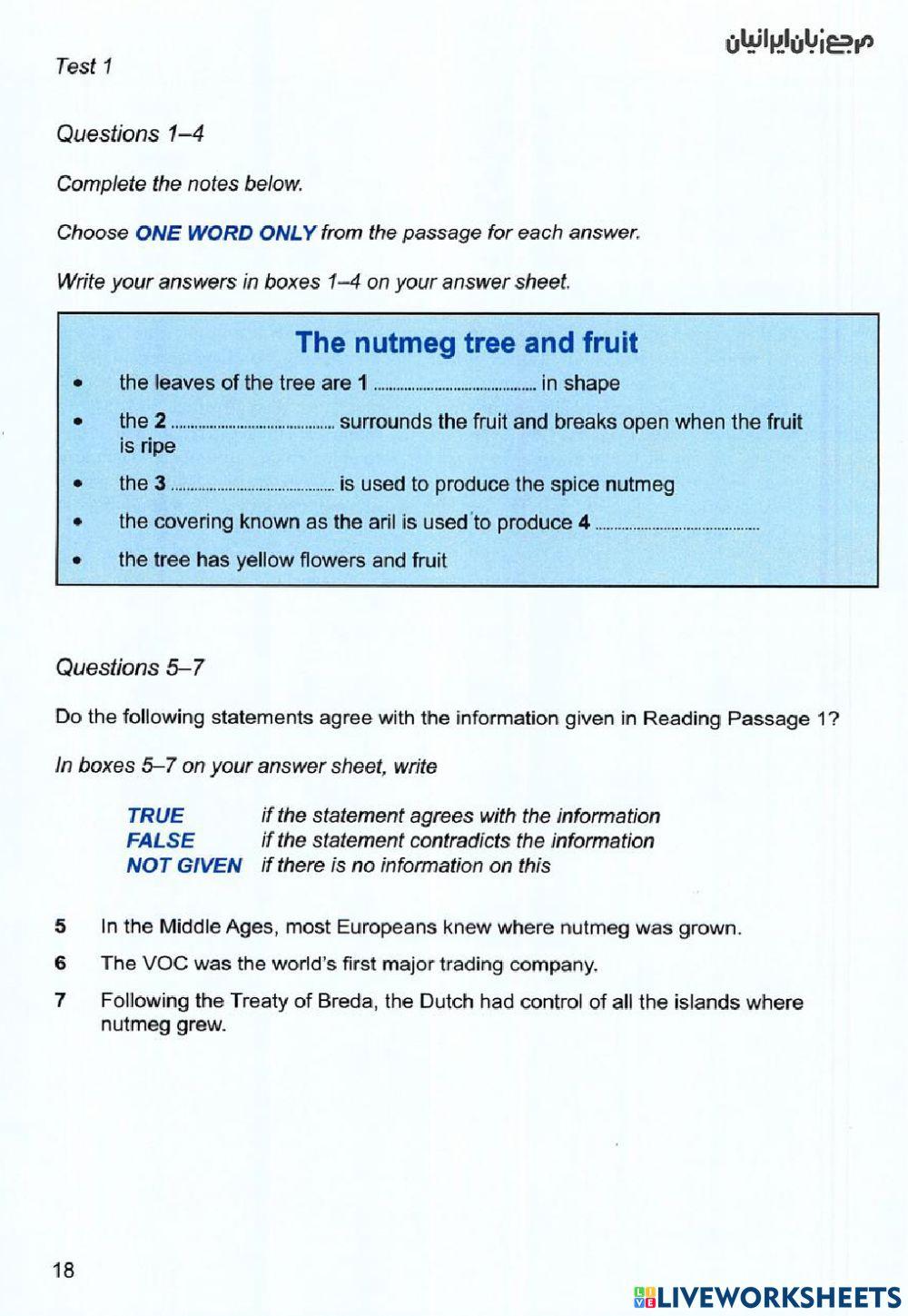How Are The Two Passages Similar

Two seemingly disparate texts, an excerpt from Plato's Allegory of the Cave and a contemporary research paper on the effects of social media echo chambers, share surprising thematic and structural similarities. Both explore the limitations of perceived reality and the challenges of accessing objective truth, despite existing across vast stretches of time and differing in purpose. These parallels highlight enduring human concerns about knowledge, perspective, and the potential for manipulation.
At their core, both passages delve into the question of how individuals form beliefs and the extent to which these beliefs are shaped by external forces. This analysis reveals underlying commonalities in the nature of knowledge acquisition and the barriers that can impede genuine understanding. This observation reveals that fundamental human issues remain unchanged despite technological advancement.
The Allegory of the Cave: A Foundation for Understanding
Plato's Allegory of the Cave, presented in his work The Republic, imagines prisoners chained in a cave, only able to see shadows projected on a wall. These shadows represent the prisoners' entire reality. To them, these shadows are the ultimate truth and the extent of their knowledge.
One prisoner escapes the cave and discovers the outside world, a world of sunlight and real objects. Upon returning to inform the others, he is met with disbelief and ridicule. His old peers refuse to accept his new knowledge.
Key Elements of Plato's Allegory
The prisoners represent humanity trapped in a world of illusion. The shadows symbolize superficial appearances and distorted perceptions. The escaped prisoner signifies the philosopher who seeks true knowledge. The ascent from the cave embodies the journey towards enlightenment.
Social Media Echo Chambers: A Modern Cave
Modern research on social media echo chambers investigates how algorithms and personalized feeds can create environments where users are primarily exposed to information confirming their existing beliefs. This constant reinforcement can lead to polarization and a distorted understanding of complex issues. Studies from institutions like the Pew Research Center have consistently demonstrated the prevalence of echo chambers in online spaces.
In these digital spaces, users are often unaware of alternative perspectives and may dismiss information that challenges their worldview. The structure of these platforms unintentionally limits the range of input and information they receive. The algorithms used by these platforms tend to prioritize engagement over accuracy.
The Mechanism of Echo Chambers
Algorithms curate content based on user behavior, creating personalized feeds. Selective exposure reinforces existing beliefs. Limited interaction with diverse viewpoints leads to polarization. The effects of limited interaction with diverse viewpoints affect the perception of reality of the user.
Shared Ground: Similarities in Structure and Theme
The first notable similarity lies in the concept of a limited reality. In Plato's cave, the prisoners' world is confined to the shadows, while in social media echo chambers, users' realities are restricted by algorithmic filtering.
Both scenarios highlight the difficulty of escaping these imposed limitations. The escaped prisoner struggles to convince the others of the existence of a world beyond the cave, just as individuals within echo chambers may resist information that contradicts their pre-existing beliefs. This resistance shows the power of established worldviews and the fear of the unknown.
Another key similarity is the role of external forces in shaping perception. In Plato's allegory, the manipulators casting the shadows control the prisoners' reality. Similarly, social media algorithms, while not necessarily malicious, significantly influence the information that users encounter.
Both situations raise questions about the nature of truth and how it is accessed. Is truth a fixed entity, or is it a subjective construct shaped by individual experiences and external influences? This question has remained relevant throughout human history. It is central to both philosophical and sociological inquiries.
Impact and Implications
Understanding these similarities is crucial for navigating the complexities of the modern information landscape. Recognizing the potential for echo chambers to distort our perception of reality can encourage us to seek out diverse perspectives and challenge our own biases.
This awareness is essential for informed decision-making, critical thinking, and fostering meaningful dialogue across different viewpoints. By acknowledging the limitations of our own "caves," we can strive for a more comprehensive understanding of the world around us. Active engagement with diverse sources is vital for informed perspectives.
Ultimately, both Plato's Allegory and research on social media highlight the enduring human challenge of discerning truth from illusion. The capacity for critical thought is essential for a more realistic view of the world. The journey towards enlightenment and genuine understanding requires constant vigilance and a willingness to question our own assumptions.




![How Are The Two Passages Similar [FREE] Which is the most accurate comparison of the two passages? A](https://media.brainly.com/image/rs:fill/w:3840/q:75/plain/https://us-static.z-dn.net/files/d7f/bc7787e6da94cf34df5cae002de74a5d.jpeg)













